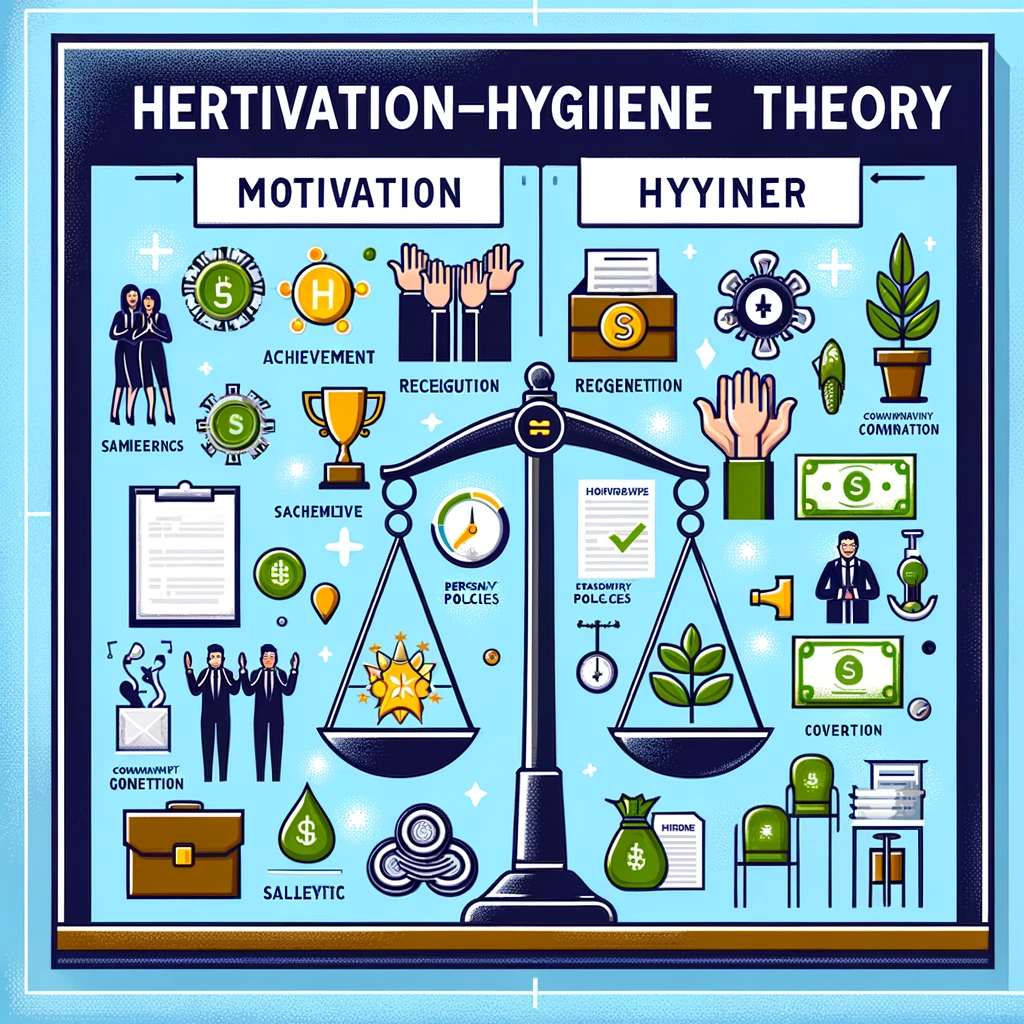The target population of our primary research might be very big, therefore businesses decide to sample their target population. Samples should be representative: they should have the same characteristics as the target population. This means that we want the customers in our sample to have similar opinions on our product as all the customers that buy that product. There are different types of sampling businesses can use:
Random sampling: gives each member of the target population equal chances of being chosen.
Stratified sampling: also a random sampling method. However, before the samples are drawn, the sample population is divided into groups (called strata) based on the previous knowledge about the target population. Once those groups are set, researchers choose customers at random that fit in those strata.
Quota sampling: researchers divide the population into groups that share similar characteristics (e.g., age, gender) and then have pre-set number of people in each group they have to interview.
Cluster sampling: involves separating the target population into ‘clusters’ usually in different geographic areas. A random sample is then taken from each cluster.
Snowball sampling: used in special occasions, when firms are looking for specialists in a particular field they want to employ. This is based on pre-existing network of these specialists that the firm approaches and asks to work for them.
| Advantages | Disadvantages | |
| Random | ✓ Representative | ✓ Time-consuming and costly. ✓ Assumes that all the members of the target population are homogeneous. |
| Stratified | ✓ Representative. ✓ Each subgroup provide quality results. | ✓ Time-consuming and costly. |
| Quota | ✓ Cheap and not time-consuming. | ✓ Not representative. |
| Cluster | ✓ Useful when results are needed quickly. ✓ Useful for results about how the opinions vary geographically. | ✓ Representativeness of the sample is assumed. ✓ Assumes that all the members of the target population are homogeneous. |
| Snowball | ✓ Firms will get the results they are looking for. | ✓ Not representative. |
Frequently Asked Questions: Sampling Methods in Business Research
Sampling in business research is the process of selecting a smaller, representative group (the sample) from a larger population of interest (e.g., customers, employees, market segments) to gather data. It's used to draw conclusions about the entire population without having to collect data from every single member.
Sampling is crucial because it makes research feasible and cost-effective. Studying an entire population is often impractical or impossible due to size, time constraints, or resources. Sampling allows businesses to gain valuable insights and make informed decisions based on data from a manageable subset.
The two main types of sampling methods are:
1. Probability Sampling: Every member of the population has a known, non-zero chance of being selected. This allows for statistically valid generalizations.
2. Non-Probability Sampling: The selection of participants is not based on random chance. This is often more convenient or used when generalization is not the primary goal, but it carries a higher risk of bias.
Common methods include:
- Simple Random Sampling: Every individual has an equal chance of being selected.
- Stratified Sampling: The population is divided into subgroups (strata) based on shared characteristics (e.g., age, income), and random samples are drawn from each stratum.
- Cluster Sampling: The population is divided into clusters (e.g., geographic areas), and a random sample of clusters is selected, with all individuals within chosen clusters being surveyed.
- Systematic Sampling: Every nth individual is selected from a list after a random starting point.
Common methods include:
- Convenience Sampling: Participants are selected based on their easy availability.
- Quota Sampling: Participants are selected to meet specific quotas for certain characteristics (similar to stratified, but not random).
- Judgmental (or Purposive) Sampling: The researcher selects participants based on their expert judgment or knowledge about the population.
- Snowball Sampling: Participants refer other potential participants, often used for hard-to-reach populations.
Choosing the right method depends on several factors:
- Research Objectives: Are you aiming for generalizability (probability) or in-depth exploration (sometimes non-probability)?
- Population Characteristics: How accessible is the population? Are there important subgroups?
- Available Resources: Time, budget, and access to lists of the population members influence feasibility.
- Desired Accuracy/Precision: Probability methods generally offer higher accuracy for population estimates.
Probability methods are preferred when statistical validity and generalization are key, while non-probability methods are often used for exploratory research or when resources are limited.
The population is the entire group of people or things that you are interested in studying. The sample is the smaller subset of individuals or items that you actually collect data from.






